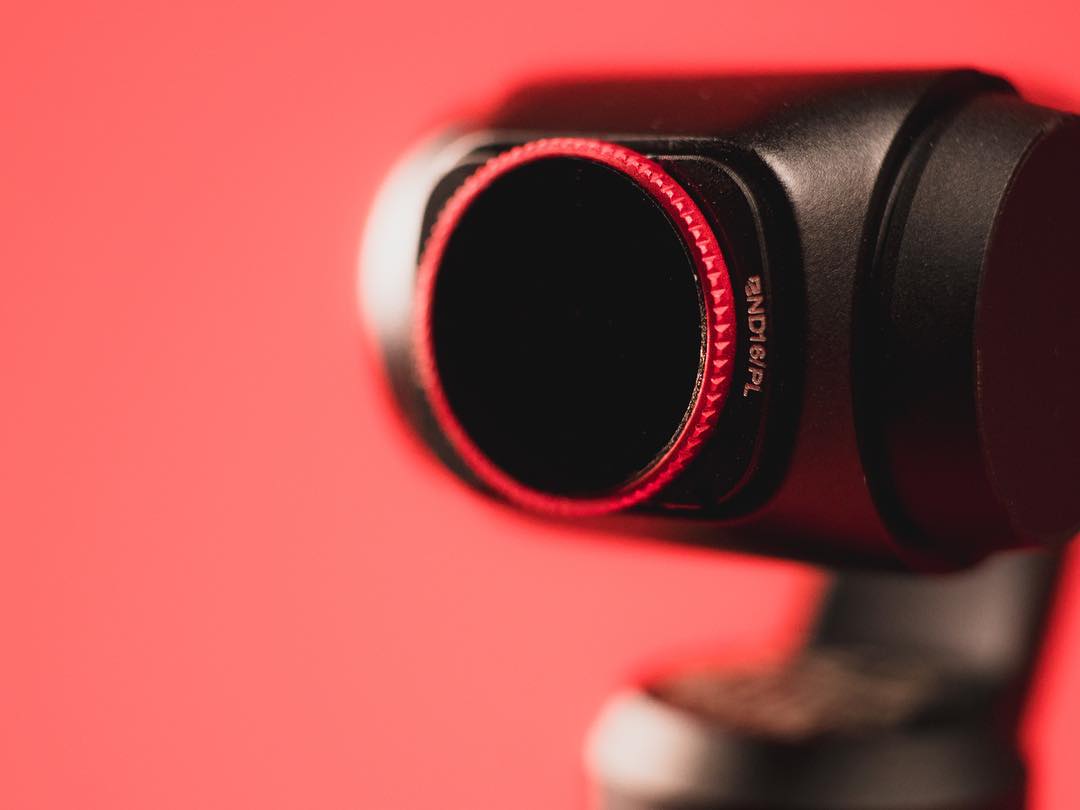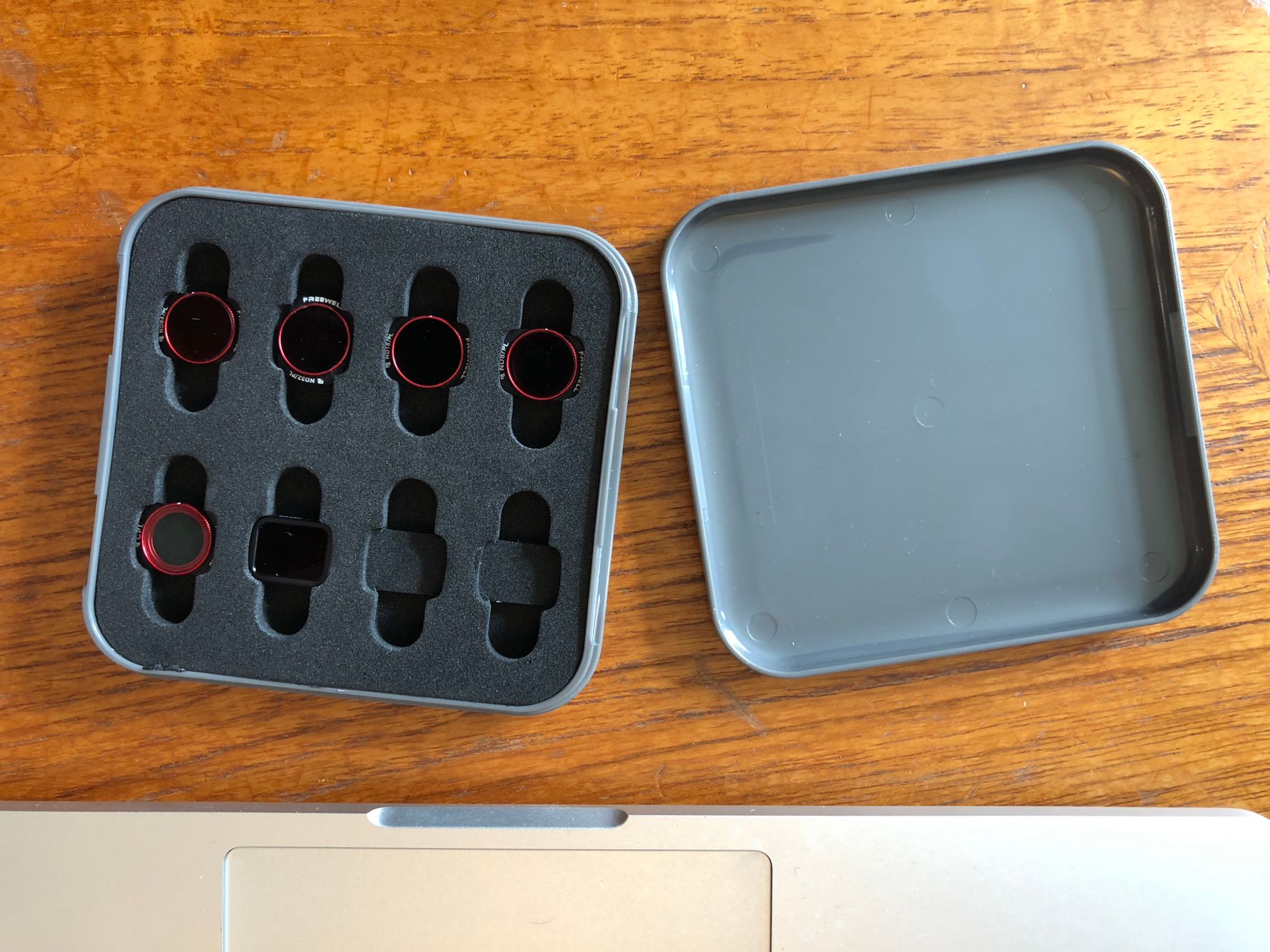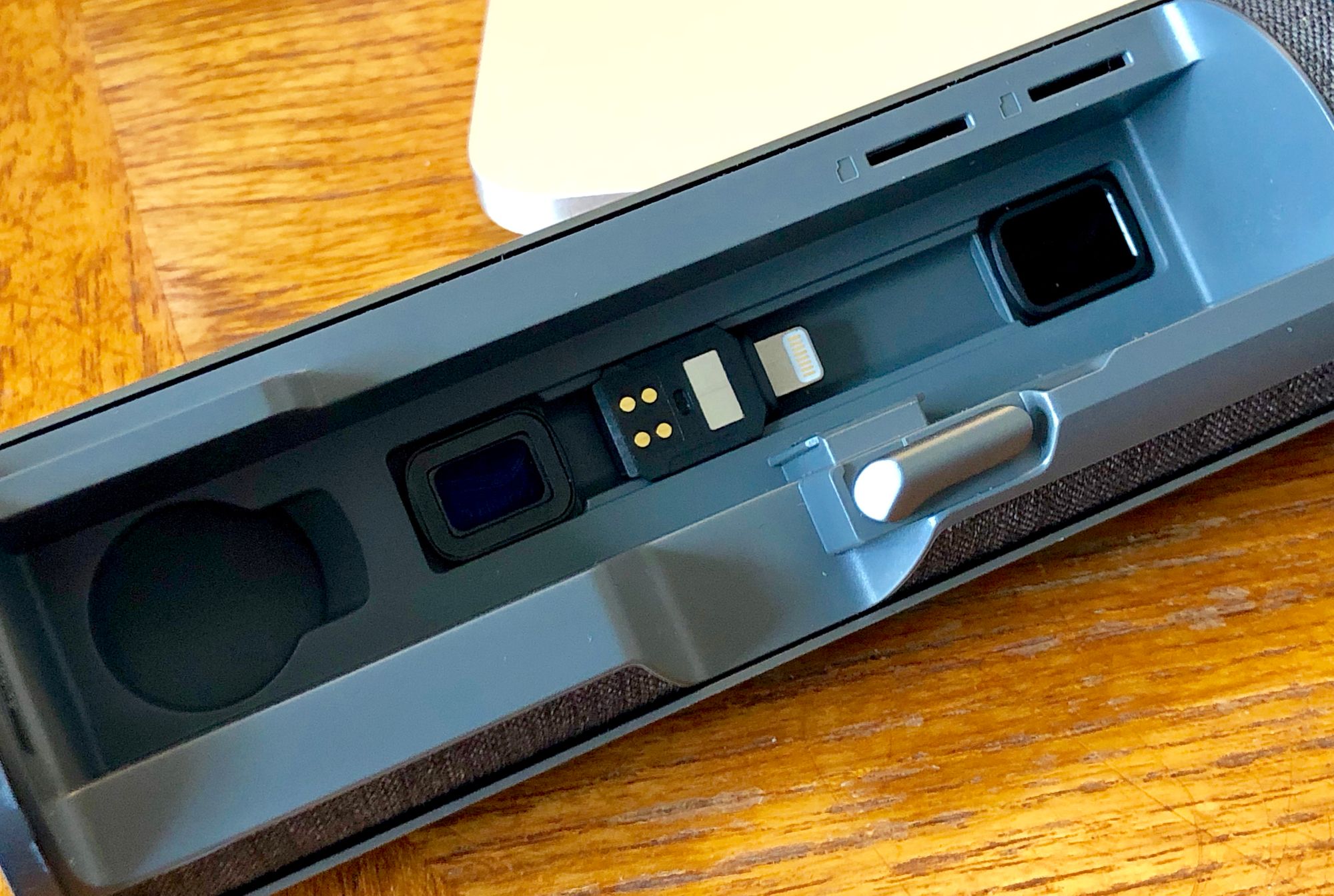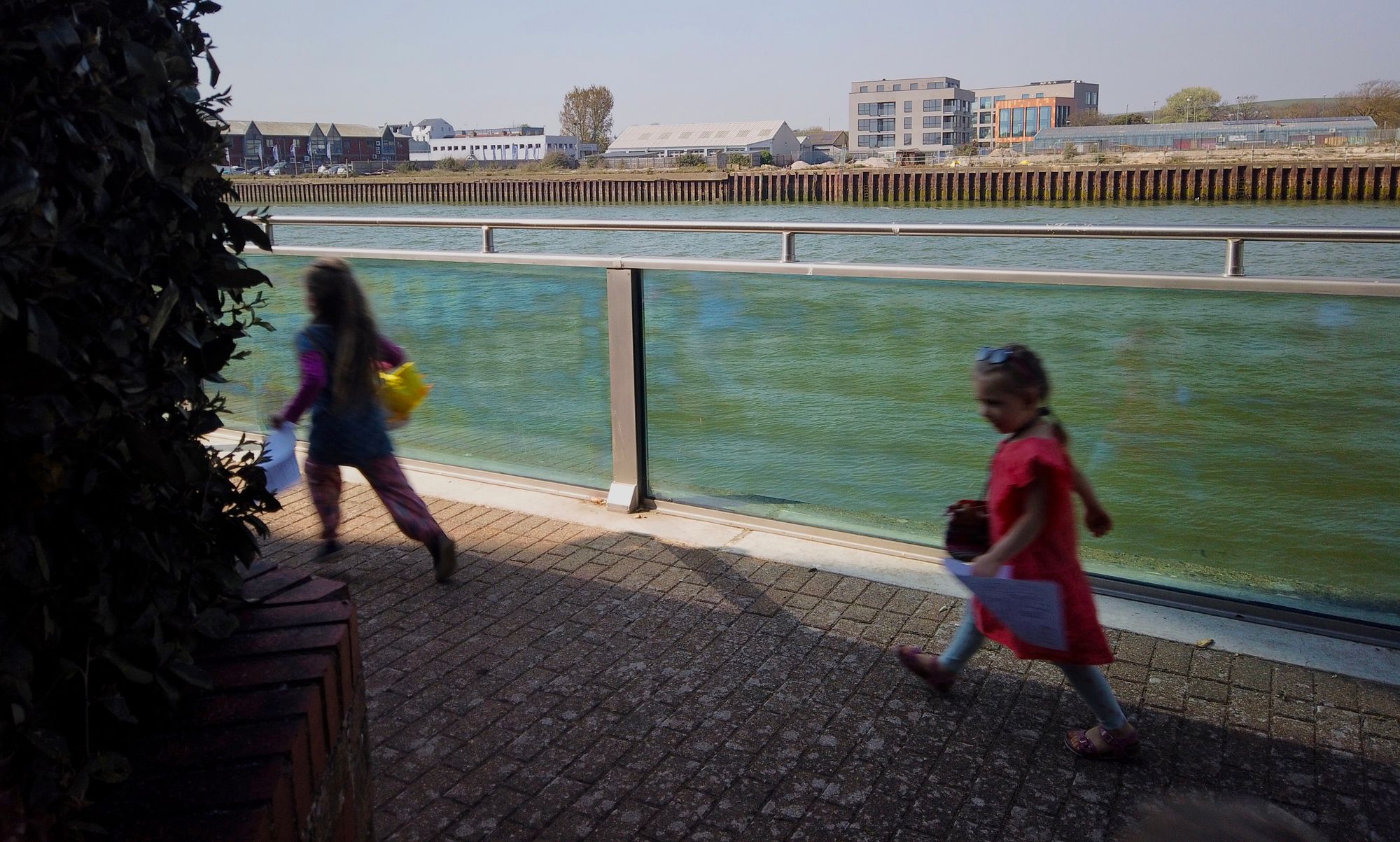
Freewell's All Day Filters for the Osmo Pocket
The DJI Osmo Pocket is already a capable video camera - but can some serious filters make it even more versatile?
The line between what's considered professional kit, and what you can do with smaller but still powerful bits of tech — like the Osmo Pocket — is blurring all the time. I'm naturally biased towards the small and the pocketable, because for so much of multimedia journalism, having a camera with you is so much more important than having the best camera - especially if it's going straight to the web.
Because of that, I've been enjoying my continuing experiments with the Osmo Pocket — and I'll drop an in-depth review in next month or so. One thing that has become clear is that the Pocket is at its best at the heart of a system — with accessories both from DJi and from others. I was offered the chance to review the new Freewell Filters All Day Pack for the Pocket, and couldn't resist the opportunity.
This was how the company sold them:
The reality, once it had shipped from China, looked like this:

(Two of the filters are missing because they live in my DJi charging case. The slots are clearly designed for DJi's own filter set - but Freewell's fit very nicely… You can see them below. )

The filters are pretty small, as you can see from their comparative size to the MacBook Pro alongside them. However, despite their fiddly nature, attaching the filters is ridiculously simple and — thankfully — fast, because they use magnetics to "click" into place, as you can see here:
Once in a while it doesn't quite click into place, and I need to shove it slightly until it aligns properly, but it's far from a big issue. More significant, though, is the fact that handling the filters requires a little care. They're small, and easy to smudge with finger grease - and that's a criminal way to treat some pretty high quality glass. I've had to get really disciplined about how I hold them but that's an inevitable consequence of the small size of the Osmo Pocket.
Freewell Filters in use
I've been testing the filters on and off over the last month, and I'm pretty impressed. One downside of the Osmo Pocket is that it tend to slightly lose the highlights quite easily, even in moderately sunny days. As always, strategic use of ND filters enables me to hold those highlights while still exposing the rest of the scene well. The footage requires at little work in post-production, but that's par for the course. And, honestly, as I get better at judging which filter I should use, the amount of work lessens.
Here's a selection of raw footage with and without the filter applied:
The results are clearly visible. From experience, using the right filter creates raw footage that's much easier to get a good result from in editing. They seem to take some of the "phone"ness of the Pocket's output away, giving it a quality more like that from a traditional camera.
Of course, it's never going to match the output from a much more expensive device, with bigger glass and sensor, but in many situations the difference really isn't that great.
Polarising Filters
One nice side-effect that I didn't initially think to test was the effect that the filters have on water and glass in certain circumstances. This shot of one of our neighbours, taking during an Easter Egg hunt, shows how impactful the filter can be on the flood glass on our local flood defenses:

One to watch out for. Sometimes, it's a good look - sometimes less so.

Some of the denser filters are full-on polarisers, which allow you to bring out water and cloud detail with a little carefully — if fiddly again — adjustment. It's really quite remarkable how much difference these small chunks of glass can make to the quality of footage you can get out of this device.
My next step? I'm really keen to spend a while experimenting with them using the Osmo Pocket's Pro modes, and in particular, the cine-like "flat" mode. And, obviously, they'll be of significant use in the Pocket's many time-lapse modes, which again, I need to experiment with more.
Verdict
These are pricey. At over £100 for eight filters, the All Day Set is a big investment, compared to the price of the camera itself. However, if you're serious about film-making with the Pocket - and from a journalistic standpoint, you could well be - they are like the main device itself: high-quality and unobtrusive. And that can be a blessing for reporters. There are many situations where shoving a big camera around will make people wary, hostile or uncomfortable. These filters widen the range of occasions you can rely on this tiny, pocketable camera.
In essence, they just make the Pocket a more versatile device. Their ability to allow you to control light and give yourself more options in the editing stage makes them a very worthwhile investment indeed.
Yes - you can get cheaper sets, both from DJi and from Freewell themselves. But the range and versatility of this set mean you're likely to have what you need, when you need it. And that's what you want in your pocket.
Sign up for e-mail updates
Join the newsletter to receive the latest posts in your inbox.










